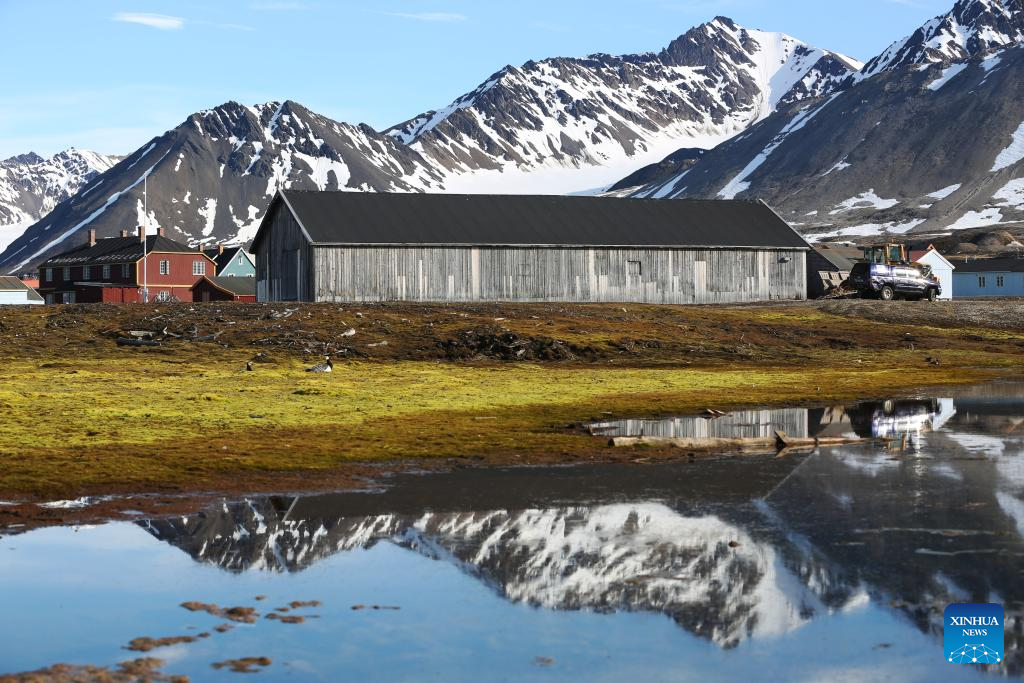
This photo taken on June 21, 2024 shows the scenery of Ny-Alesund, Svalbard, Norway. As the world's northernmost permanent settlement, Ny-Alesund has four months of continuous daylight and four months of lasting darkness each year. From late April to late August, the sun never sets, treating visitors to the spectacle of the "midnight sun." (Xinhua/Zhao Dingzhe)
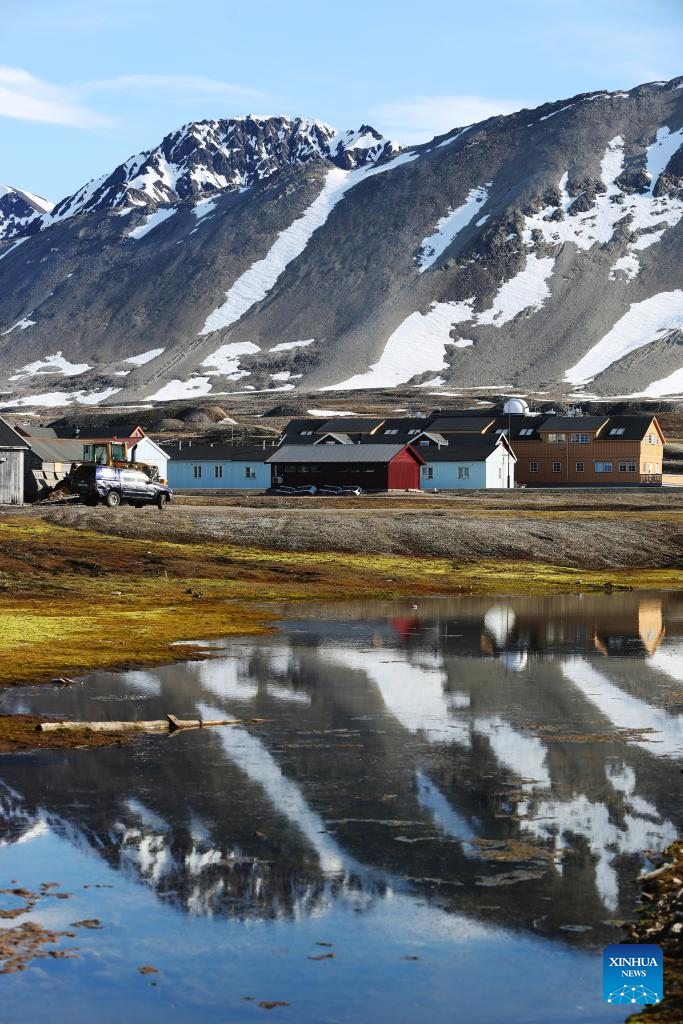
This photo taken on June 21, 2024 shows the scenery of Ny-Alesund, Svalbard, Norway. As the world's northernmost permanent settlement, Ny-Alesund has four months of continuous daylight and four months of lasting darkness each year. From late April to late August, the sun never sets, treating visitors to the spectacle of the "midnight sun." (Xinhua/Zhao Dingzhe)

Reindeer eat grass in Ny-Alesund, Svalbard, Norway, June 20, 2024. As the world's northernmost permanent settlement, Ny-Alesund has four months of continuous daylight and four months of lasting darkness each year. From late April to late August, the sun never sets, treating visitors to the spectacle of the "midnight sun." (Xinhua/Zhao Dingzhe)
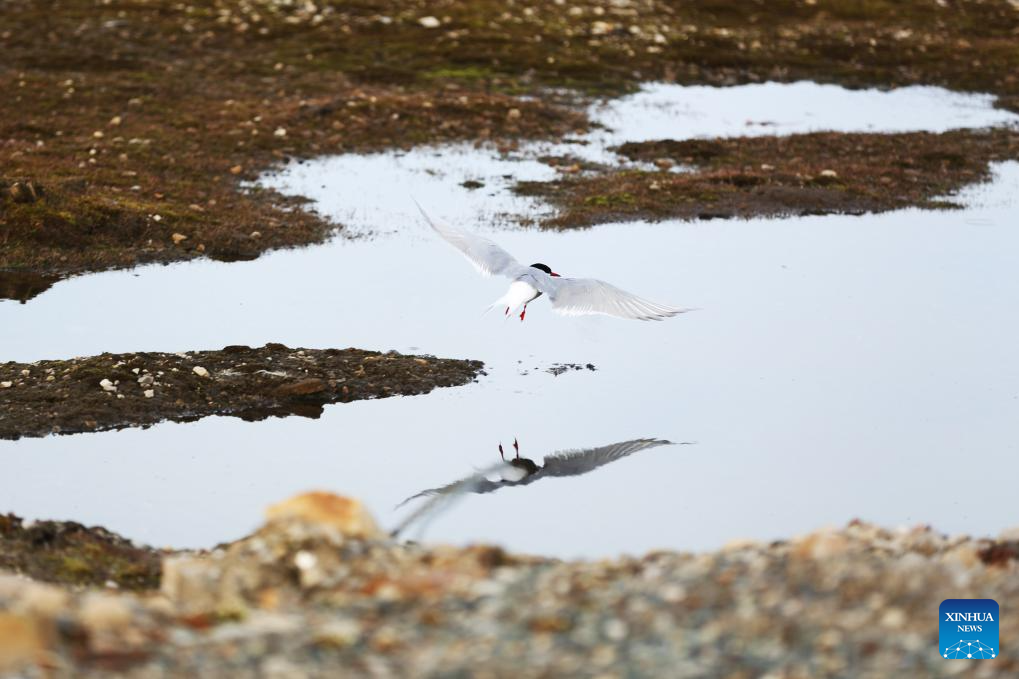
An arctic tern flies over waters in Ny-Alesund, Svalbard, Norway, June 20, 2024. As the world's northernmost permanent settlement, Ny-Alesund has four months of continuous daylight and four months of lasting darkness each year. From late April to late August, the sun never sets, treating visitors to the spectacle of the "midnight sun." (Xinhua/Zhao Dingzhe)
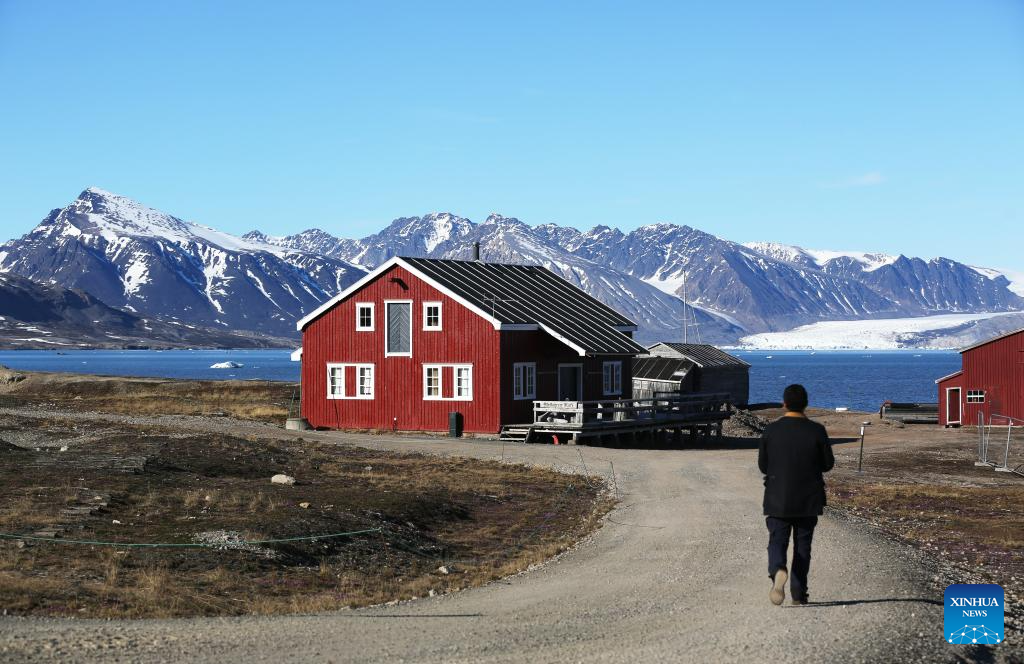
This photo taken on June 21, 2024 shows the scenery of Ny-Alesund, Svalbard, Norway. As the world's northernmost permanent settlement, Ny-Alesund has four months of continuous daylight and four months of lasting darkness each year. From late April to late August, the sun never sets, treating visitors to the spectacle of the "midnight sun." (Xinhua/Zhao Dingzhe)
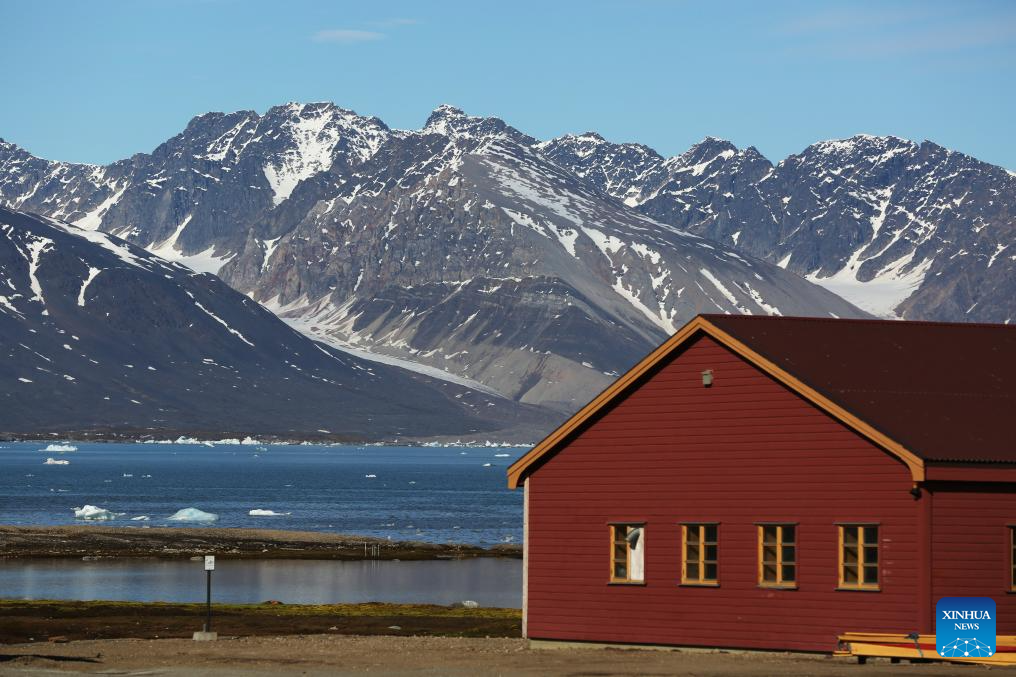
This photo taken on June 21, 2024 shows the scenery of Ny-Alesund, Svalbard, Norway. As the world's northernmost permanent settlement, Ny-Alesund has four months of continuous daylight and four months of lasting darkness each year. From late April to late August, the sun never sets, treating visitors to the spectacle of the "midnight sun." (Xinhua/Zhao Dingzhe)
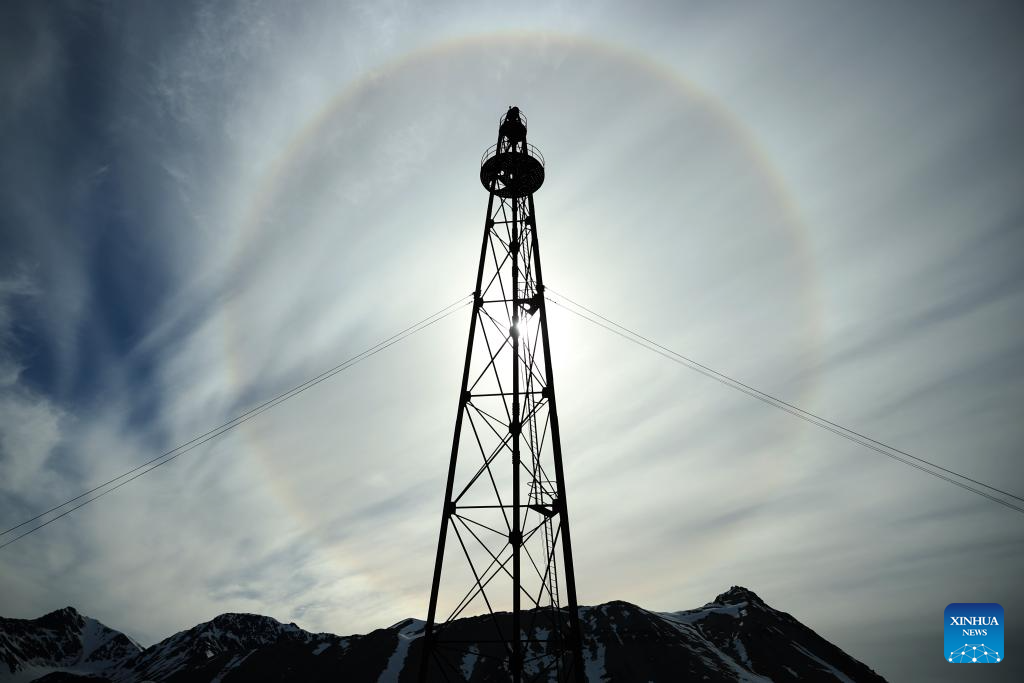
This photo taken on June 21, 2024 shows a halo around the sun in Ny-Alesund, Svalbard, Norway. As the world's northernmost permanent settlement, Ny-Alesund has four months of continuous daylight and four months of lasting darkness each year. From late April to late August, the sun never sets, treating visitors to the spectacle of the "midnight sun." (Xinhua/Zhao Dingzhe)
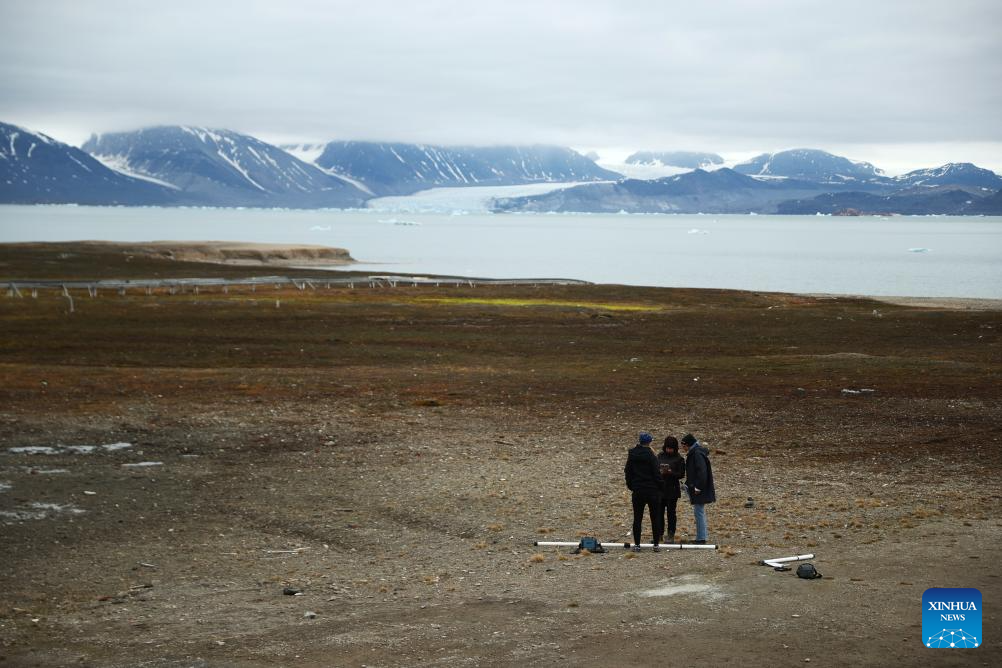
Scientists prepare to place equipment in Ny-Alesund, Svalbard, Norway, June 23, 2024. As the world's northernmost permanent settlement, Ny-Alesund has four months of continuous daylight and four months of lasting darkness each year. From late April to late August, the sun never sets, treating visitors to the spectacle of the "midnight sun." (Xinhua/Zhao Dingzhe)

This photo taken on June 21, 2024 shows the scenery of Ny-Alesund, Svalbard, Norway. As the world's northernmost permanent settlement, Ny-Alesund has four months of continuous daylight and four months of lasting darkness each year. From late April to late August, the sun never sets, treating visitors to the spectacle of the "midnight sun." (Xinhua/Zhao Dingzhe)
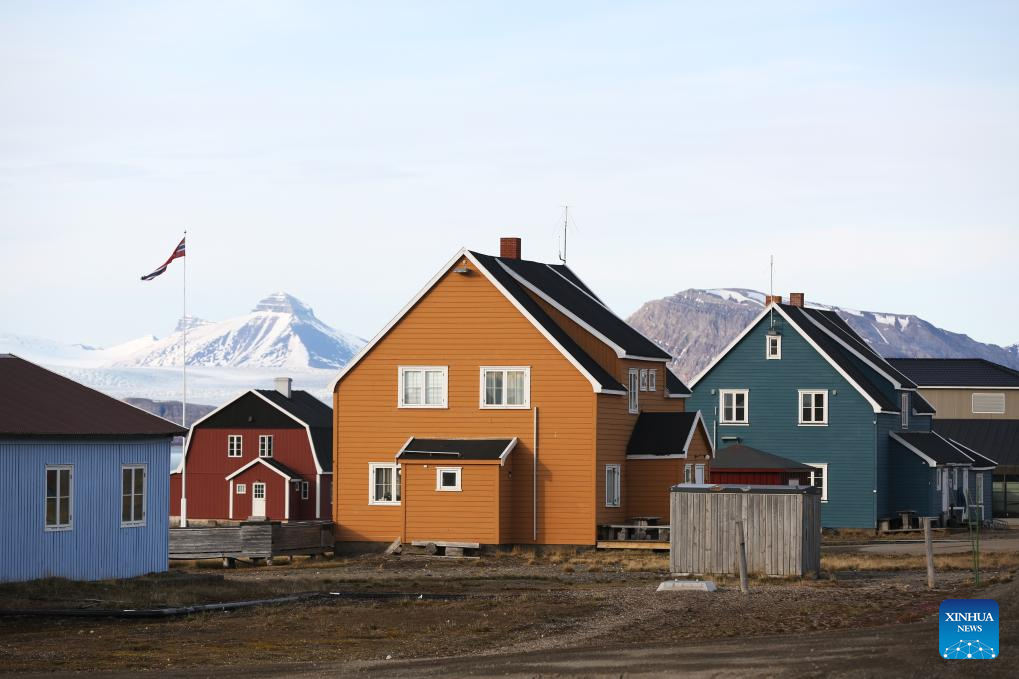
This photo taken on June 20, 2024 shows the scenery of Ny-Alesund, Svalbard, Norway. As the world's northernmost permanent settlement, Ny-Alesund has four months of continuous daylight and four months of lasting darkness each year. From late April to late August, the sun never sets, treating visitors to the spectacle of the "midnight sun." (Xinhua/Zhao Dingzhe)
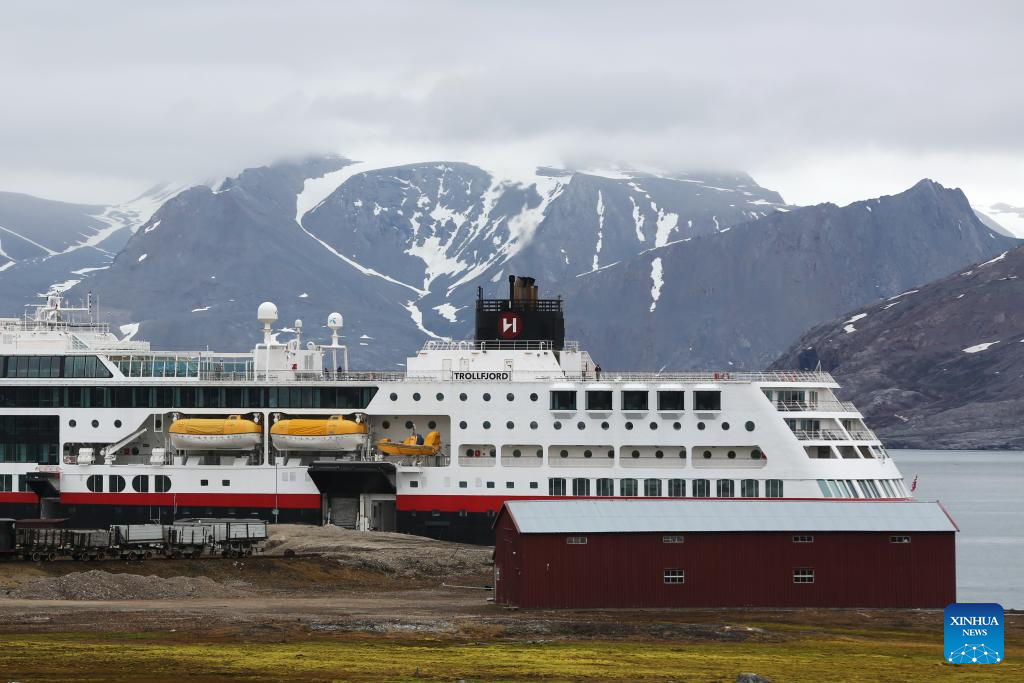
A cruise ship docks in Ny-Alesund, Svalbard, Norway, June 23, 2024. As the world's northernmost permanent settlement, Ny-Alesund has four months of continuous daylight and four months of lasting darkness each year. From late April to late August, the sun never sets, treating visitors to the spectacle of the "midnight sun." (Xinhua/Zhao Dingzhe)



